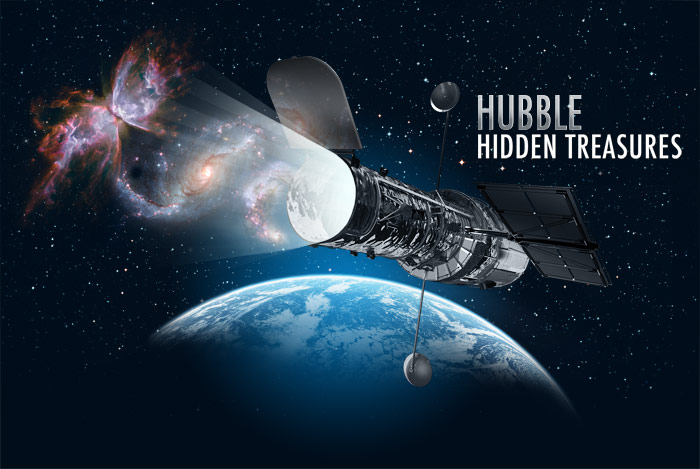 |
How to find hidden treasures in the archiveThe main interface to get at the Hubble data is the Hubble Legacy Archive website. The search box lets you look for objects based on their name or coordinates. For example if you want images of M 100, all you need to do is to enter “M 100” into the search interface. The advanced search option is useful to restrict the search to specific instruments (cameras) on Hubble. We recommend narrowing your search to give only results from ACS, WFC3 and WFPC2 – Hubble’s general purpose cameras. Once you have entered your search term and hit the search button, the results will be listed below. Remember that the Universe is a big place and Hubble is just one telescope – there are many, many objects which Hubble has never studied, so don’t be disappointed if your searches sometimes come back empty. Remember too that not all of Hubble’s observations are images — many are spectroscopic observations (measurements of the colours and intensity of light). Also bear in mind that most observations are only released to the public a year after they have been made, so that scientists get the first chance to work with their data. These are marked “proprietary data, no preview”. Once you have successfully found an object, there are several options for how to display the results. The easiest is to click on the images tab, which gives you preview images of all the results. Another useful view is the footprints tab, which shows the location of Hubble’s images overlaid on an image of the part of the sky where they are located. You can also download the data in FITS format, a specialised file type for storing astronomical images. You can then use software such as FITS Liberator, Photoshop and GIMP to carry out more sophisticated image processing which lets you make an even more attractive image. There is more information on how to do this type of image processing in the tutorial for the Hubble’s Hidden Treasures Image Processing Contest. Read more: |